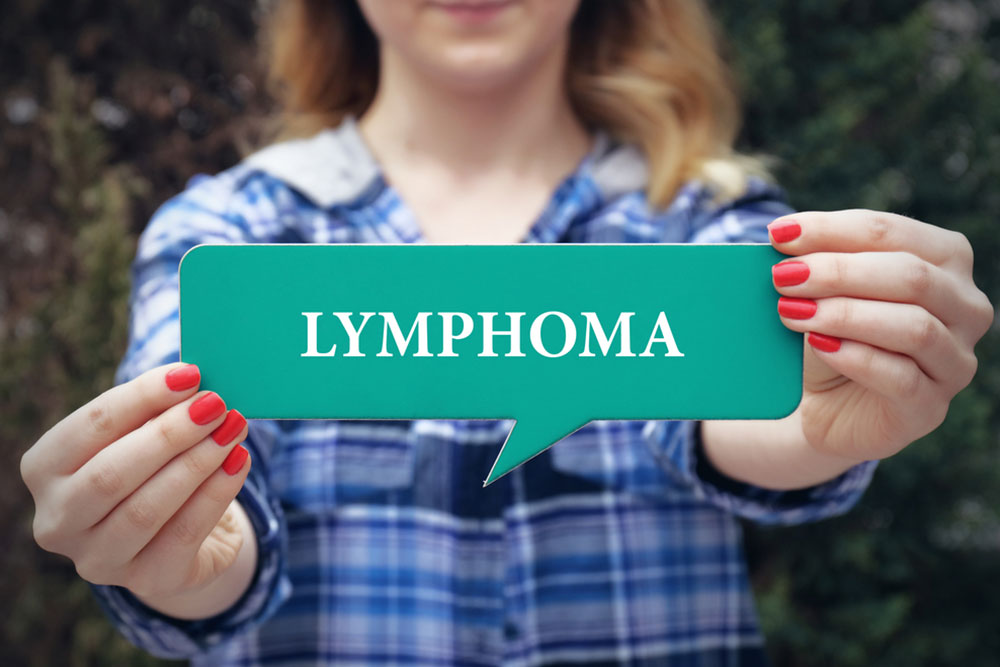Comprehensive Guide to Non-Hodgkin Lymphoma: Causes, Symptoms, and Treatment Strategies
This comprehensive guide provides in-depth insights into non-Hodgkin lymphoma, covering its causes, symptoms, and treatment options. With over 200 subtypes, NHL's complexity demands personalized treatment strategies. Learn about risk factors, disease progression, and the latest advances in management. This article aims to inform patients and caregivers, emphasizing early diagnosis and tailored therapy to improve prognosis and quality of life.

Comprehensive Guide to Non-Hodgkin Lymphoma: Causes, Symptoms, and Treatment Strategies
Non-Hodgkin lymphoma (NHL) is a complex group of cancers that includes over 200 different subtypes, each with its unique characteristics, progression patterns, and treatment approaches. This diversity makes NHL one of the most intricate cancer categories to diagnose and treat effectively. According to recent statistics, it is projected that approximately 72,000 new cases of NHL would be diagnosed in the United States alone in the year 2017. The wide-ranging nature of this disease means that some types grow slowly, allowing patients and doctors to adopt a watch-and-wait approach, often monitoring the condition over months or even years before initiating treatment. Conversely, aggressive forms of NHL require immediate and targeted intervention upon diagnosis to prevent rapid progression and complications.
Understanding Non-Hodgkin Lymphoma (NHL): An In-Depth Explanation
Similar in some ways to other forms of cancer, NHL impacts the body by affecting lymphocytes, which are a vital component of the immune system. Lymphocytes are a type of white blood cell responsible for defending the body against infections. In NHL, these cells become abnormal—either by growing uncontrollably or by failing to die at the appropriate time. The result is the formation of tumors, which are clusters of malignant lymphocytes, primarily in lymph nodes—small, bean-shaped structures that form part of the lymphatic system. However, NHL is not limited to lymph nodes; it can also invade other organs such as the stomach, skin, testicles, brain, or bones.
As NHL advances, it tends to spread from its original site through the lymphatic vessels and bloodstream, metastasizing to other parts of the body like the lungs, liver, spleen, or bone marrow. The malignant lymphocytes continue dividing and expanding in these new locations, forming additional tumors that further compromise bodily functions. The treatment approach for NHL depends heavily on the specific subtype, stage of disease progression, and the patient’s overall health. Physicians aim to either control the disease, prolong survival, or eradicate the cancer altogether, often using a combination of therapies that are tailored to each patient’s unique condition.
Causes and Associated Risk Factors of NHL
Despite extensive research, the exact causes of non-Hodgkin lymphoma remain largely unknown. Scientists agree that it develops when certain lymphocytes become abnormal and multiply excessively, ignoring the natural signals that regulate cell death (apoptosis). This aberrant growth leads to enlarged lymph nodes and tumors. Several potential risk factors have been identified, although none are definitive causes. These include exposure to certain chemicals such as pesticides, herbicides, or insecticides, which might increase the risk. Additionally, individuals who are on immune-suppressing medications—either after organ transplants or to treat autoimmune diseases—also face a higher likelihood of developing NHL.
Other factors that have been associated with increased risk include older age, immunodeficiency syndromes, certain infections such as HIV or Epstein-Barr virus, and a family history of lymphomas. Despite these associations, most cases occur in people with no known risk factors, highlighting the complexity of the disease’s etiology.
When diagnosed, doctors discuss various treatment options based on the disease’s characteristics. These options range from watchful waiting for indolent types to aggressive chemotherapy, targeted therapy, immunotherapy, or stem cell transplants for more advanced cases. It is crucial for patients to understand the potential benefits and side effects of each treatment to make informed decisions in collaboration with their healthcare team.
In conclusion, non-Hodgkin lymphoma is a diverse and complex disease requiring a personalized approach to management. Advances in medical research continue to improve understanding and treatment options, offering hope for better outcomes and quality of life for affected individuals.





